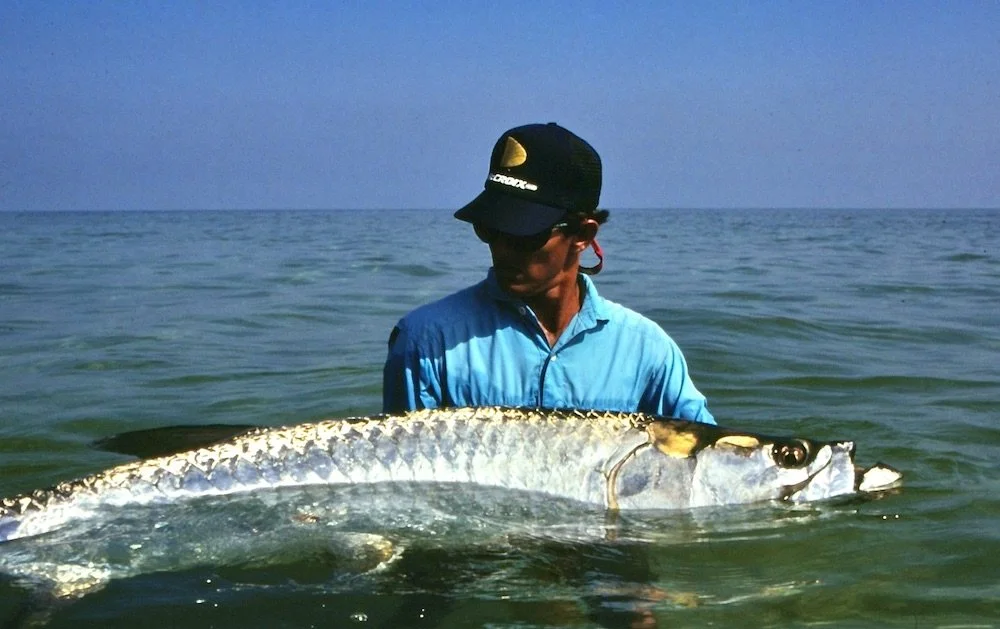There is a tremendous number of different species of lizards living in the continental United States: more than 150 different species! Every state except Alaska, Maine, New Hampshire and Rhode Island has populations of native lizards.
Wildlife Watching Wednesday: The Tiny Common Yellowthroat
One of the more distinctive-looking songbirds in the USA is the tiny common yellowthroat. These beautiful little birds are slightly smaller than a sparrow, and the males are quite colorful. Male common yellowthroats have olive-colored wings, tail and back.
Wildlife Watching Wednesday: Bluegills, The Ever-Popular Panfish
The bluegill is one of the most popular species of fish in the Midwest, if not the entire country. Bluegills are part of the sunfish family, and they are often called panfish. This is because they have a relatively tall, flat-sided shape and they fit well in a frying pan when it is time to cook them for dinner!
Wildlife Watching: The Double-Crested Cormorant
There are many birds that spend most of their time in and around water, and the double-crested cormorant is certainly one of them. These birds are expert swimmers and they catch a wide variety of fish to eat. In fact, small fish are their favorite food and fish make up about 99% of their diet.
Kayak Bass Fishing in Southwestern Maine
Southwest Maine offers paddlers all kinds of lakes and ponds in which to wet a line, with outstanding warmwater fisheries for both smallmouth and largemouth bass. The two species often live in the same lake (or pond, or river).
Wildlife Watching Wednesday: Planting to Attract Butterflies
Summer will soon come to an end, and one of the things I will miss is the butterfly garden in our back yard. It’s a small garden planted around a trellis and garden bench, and it attracts beautiful butterflies of all kinds from April through the end of September.
Yellow Headed Blackbirds Take Flight in Wisconsin
One of the harbingers of spring is the return of the red-winged blackbirds. A much less common spring sighting, at least east of the Mississippi River, is the yellow-headed blackbird. In fact because they’re so uncommon, they’re listed as a species of special concern in Wisconsin.
Wildlife Watching Wednesday: The Black-Crowned Night Heron
One of the more wary and secretive shore birds that visit our wetland areas is the black-crowned night heron. These stocky herons are shorter than great blue herons, but they are still relatively large since they have a wingspan of nearly four feet.
Wildlife Watching Wednesday: The Beautiful Fritillary Butterfly
Most butterflies are beautiful – but the various species of fritillary butterflies really take it to the next level. Many of them are dazzling! There are 14 species of greater fritillaries and 16 species of lesser fritillaries.
Wildlife Watching Wednesday: The Elegant Hooded Merganser
There are many species of ducks in North America, but one of the most elegant-looking is the hooded merganser. Both males and females sport a remarkable crest, or “hood” on top of their heads, which they can raise or lower at will.
Wildlife Watching Wednesday: The Invasive Mute Swan
Swans are well-known as very large, graceful white birds. There are three species of swans currently living in North America: trumpeter swans, tundra swans and mute swans. Trumpeter and mute swans are similar in size, and they can each have a wingspan of more than seven feet.
Striking Silver in the Sound
Of all the things you can do with a fly rod, few match the excitement of casting to and hooking a large tarpon in shallow water. Fighting one is another matter, and bringing one to hand is a significantly more difficult proposition.











